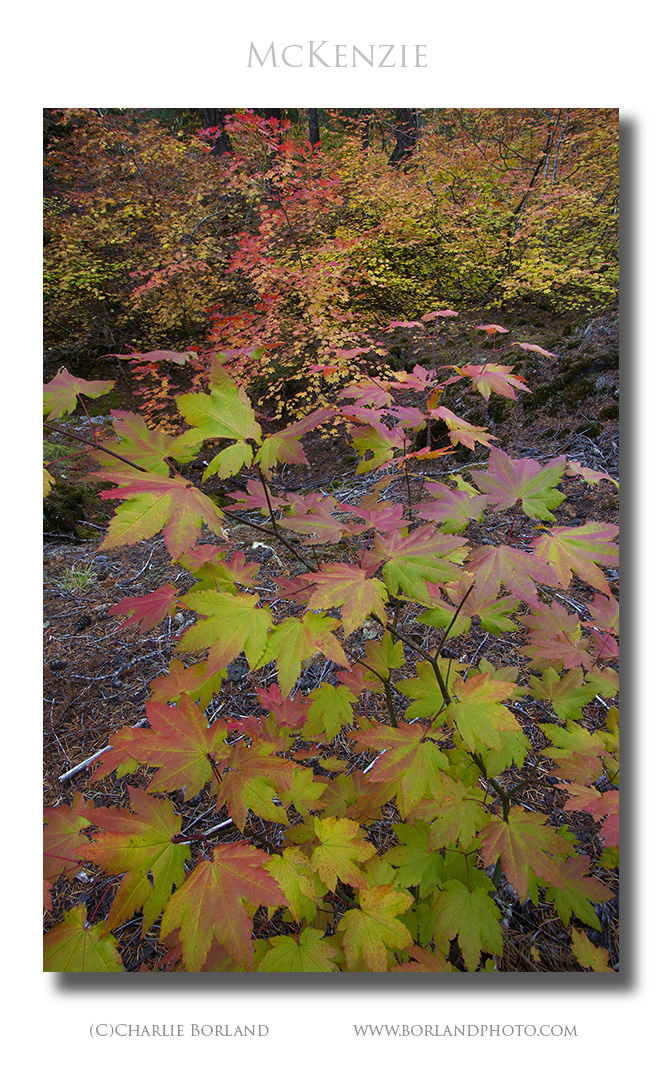 When photographing wide-angle landscapes, often the goal is to make sure everything is in sharp focus. The reason is that usually, we do not like to look at out of focus areas of our scenes. While that shallow depth of field can be a powerful technique to get viewers to look at something in your composition that deserves all the attention, wide-angle landscapes can be more powerful when everything is sharp.
When photographing wide-angle landscapes, often the goal is to make sure everything is in sharp focus. The reason is that usually, we do not like to look at out of focus areas of our scenes. While that shallow depth of field can be a powerful technique to get viewers to look at something in your composition that deserves all the attention, wide-angle landscapes can be more powerful when everything is sharp.Looking at this scene, from Oregon’s Willamette National Forest, you see a scene using a great depth of field. But stop for a second and think about what your end goal would be for this scene. Is there anything you would want in focus and the rest out of focus?
The foreground maple leaves are probably what I would call the ‘star of the photo’ so they should remain in focus. In this case, the background could be thrown out of focus and that would support the approach of forcing viewers to look at the foreground maple leaves.
Making the background sharp and throwing the foreground maple out of focus would only create visual chaos because the foreground maple is so large in the frame. That big out of focus maple creates a visual roadblock that stymies viewers who want to look through the scene to the background.
The answer is to use the Near/Far technique of making sure everything is in focus. This supports the foreground elements and the background as the two areas of the scene are more visually in-sync.
The Near/Far technique is essentially a method of putting the foreground as close to the lens as you can to create an almost ‘in your face’ composition. By doing this you are telling the viewers to ‘look here’ as that is the part of the scene that is most interesting. But you want to make sure you don’t get so close you are losing focus in either the foreground or background.
That means you can put those maple leaves too close to the lens and then lose the option of foreground and background remaining sharp, even at your smallest aperture. In that case, you want to use a hyperfocal chart or app to determine the how close you can get to the foreground maples, then where to set your focal point, so both foreground and background will remain sharp.
For this scene, my app suggested I set the focal point on a small patch of grass on the left side, almost in the middle of the frame. At f/22, the maples in front were sharp and the background as well.
The Near/Far technique can be quite powerful for a variety of scenes and will work well if you can keep it all sharp.
To learn more about Landscape and Nature photography, visit our nature photography courses on www.greatphotographycourses.net.
